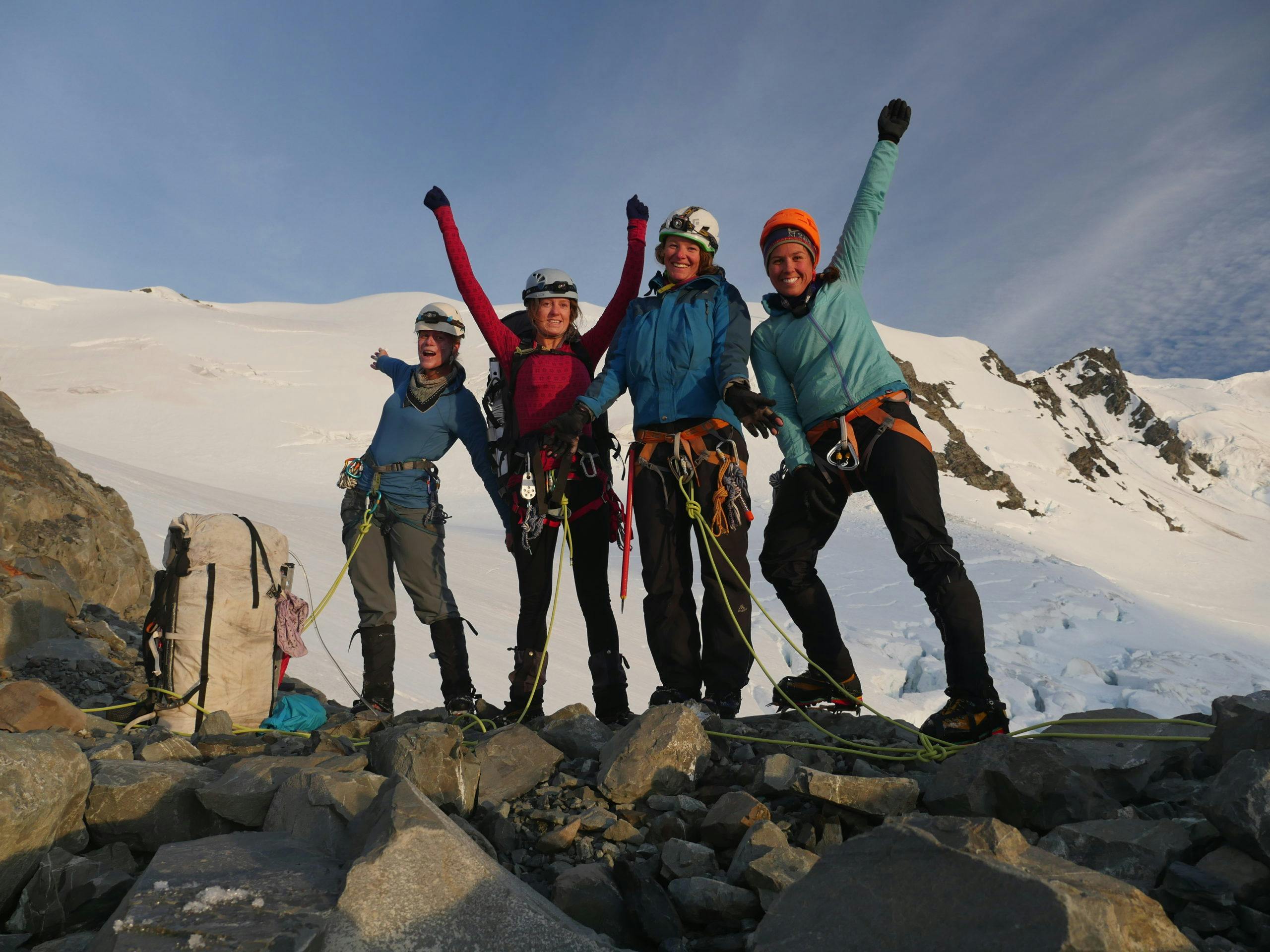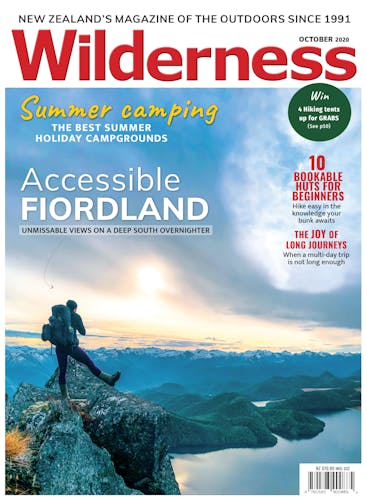Dulkara Martig explains why she – and others – prefers weeks-long wilderness journeys rather than short and sharp weekend getaways
Long, human-powered journeys have been romanticised throughout history. Wilfred Thesiger’s Arabian desert journeys through the Empty Quarter in the 1940s have long captured our collective imagination. More recently, in 2012, Turkish-American Erden Eruç completed his five-year-long solo circumnavigation of the Earth. A bit closer to home, the lure of a remote, unsupported journey prompted three Kiwi adventurers – Graham Charles, Marcus Waters and Mark Jones – to undertake a world-first 800km traverse of the Antarctic Peninsula by sea kayak in 2001.
My first longer trips were in Nepal when I was 18, but they were not far off the beaten path. Yearning for a solid chunk of time away from the stress and speed of modern-day life, I returned a few years later to do an 80-day trek across a chunk of the Nepali Himalaya.
On this journey, I found myself becoming part of the landscape. The wilderness was not merely a backdrop, it became my home. I went to bed with the sun, woke with the sun and never wore a watch. Time was measured in high passes, new friends and changing landscapes.
It was here that I gained a real appreciation for slow-paced journeys, where instead of merely rushing past, I interacted with my surroundings on a deeper level.
My 80-day trek in the Himalaya changed the course of my life, triggering a decision to teach and instruct on long outdoor trips; motivated to be part of other people’s journeys. My personal trips also changed from being predominantly weekend-warrior style adventures to regular multi-week expeditions.
I relish the routine of sleeping, eating and moving through wild landscapes peacefully. I’m motivated by being detached from technology and the clutter that fills my mind in the urban world. I also love the social time outdoors with my companions, without the distractions of work, projects and media. I have a few places that I return to regularly and I like how I become more connected to a place with repeat visits. I also enjoy challenging myself and covering huge distances within short periods of time. But overall, I appreciate moving slowly more every year.
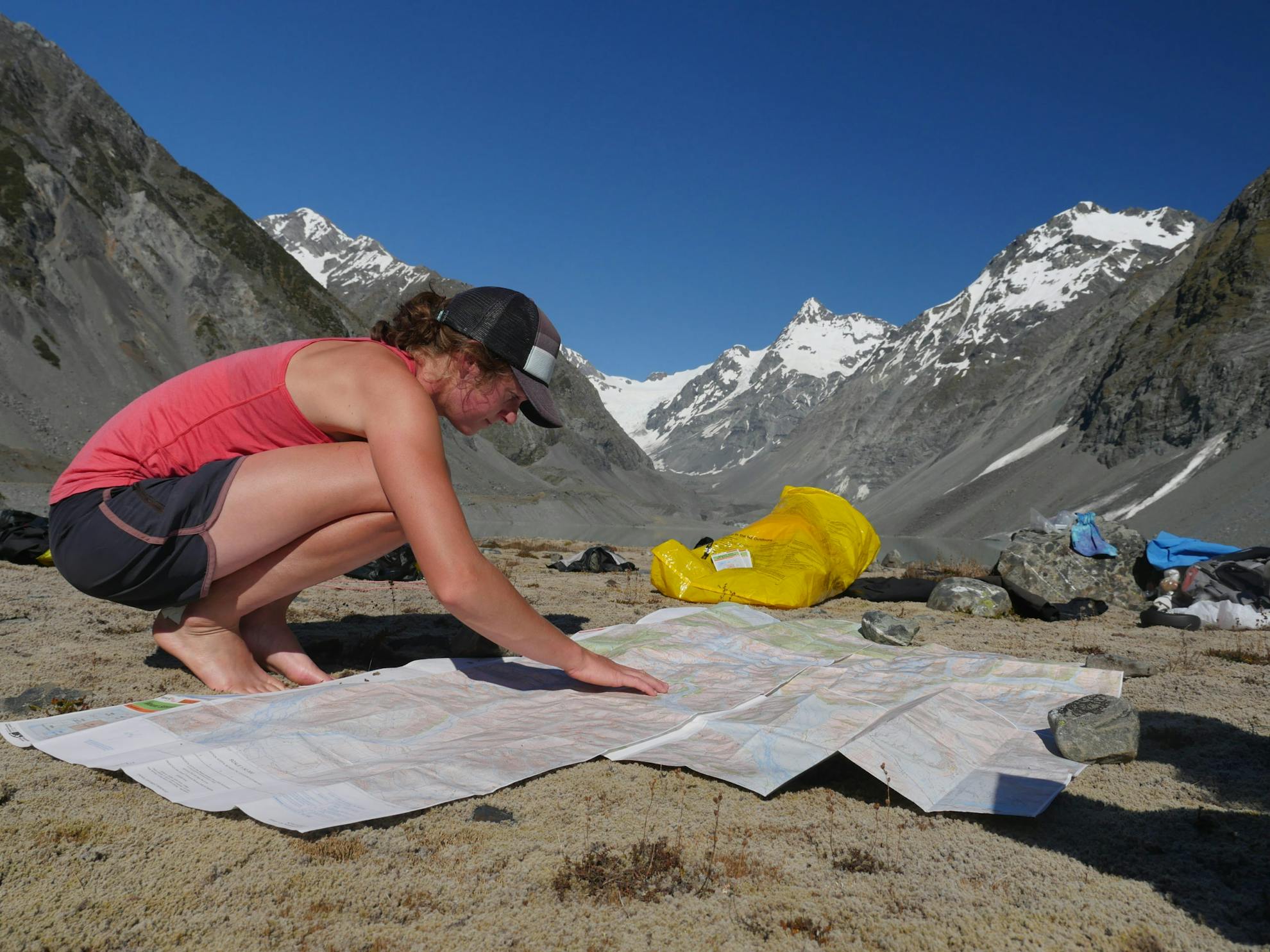
Many New Zealanders are being introduced to long journeys through the Te Araroa Trail, but there isn’t yet a culture of embarking on long outdoor trips here. You can do lots of amazing trips in the wilderness of up to 10 days, but the country is too small and narrow for really long journeys – if you’re fit, you can walk out from almost anywhere in New Zealand in two days. In places like Alaska and the Yukon in Canada, you can walk for days without even thinking about hitting a road, whereas in New Zealand you have to plan trips more strategically to avoid them.
People who want to do long wilderness trips not only need to be creative with their planning, they also need to develop the competence to journey off-track through rugged terrain. You’re almost guaranteed to experience bad weather, so will need enough time up your sleeve to hunker down for a few days.
Compared to regular multi-day tramps, food needs to be better considered and more nutritious, gear needs to be better looked after and repaired. You need to be able to take care of yourself physically and mentally.
Curious to understand what it is that drives people to embark on long, self-sufficient journeys, I interviewed 30 adventurers from around the world who regularly make time in their lives for long outdoor trips, which I defined as 10 days or longer.
Nearly everyone I interviewed mentioned the simplicity of day-to-day routines as their number one motivation for undertaking a long journey. Most people agreed that there was a magic length of trip, around 10 to 14 days minimum where there’s a chunk of time in the middle where you’re totally present and the end is still far enough away you can’t fathom it yet, which allows people to settle into the present.
Brad Meiklejohn, a passionate adventurer and conservationist from Alaska, agrees that 10 days is the minimum trip duration.
“Any shorter than that and you don’t really get away,” he says. “The first few days are still in transition away and the last few days are the beginning of re-entry. You need a solid chunk which is neither.”
He values the time a long trip gives him “away from the hecticity of modern life”. His ideal trip is “long, slow and intimate”.
“I like to really understand the wild place I am travelling through,” he says.
Being on a long journey offers an opportunity to be detached from the expectations and societal pressures of the places we come from, providing a unique opportunity to look at things with fresh eyes. Some people I interviewed described their first long trip as a chance to reshape their lives once home. A few people recounted drastic life changes – one woman came home and sold her house after a three-week river trip, another person quit a long-term job.
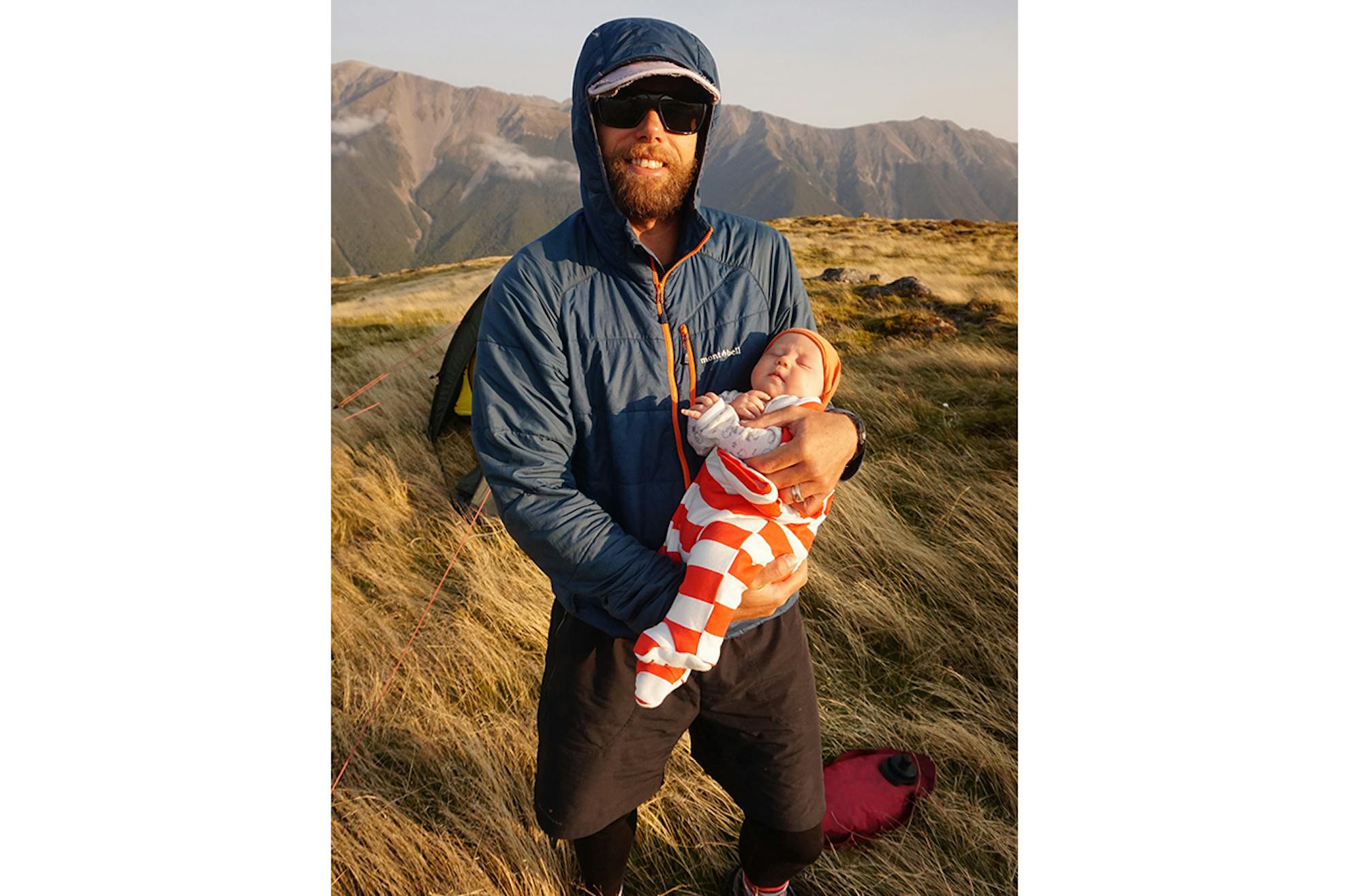
Something I found particularly interesting was how people’s motivations and perspectives changed as they grew older. Many people came from riskier adventure sports when they were younger and as they’ve matured they’ve shifted their focus to long journeys, where it’s more about exploration and simple living than it is about adrenalin-fuelled trips or a difficult objective.
A recurring theme, and something I experience myself, is just how challenging transitions back into the urban world can be. Some people develop strict ‘re-entry’ routines, such as avoiding the Internet for the first few days after returning home. One person raised a great point: “Never finish an adventure without having the next one planned, even if it is only the inkling of an idea.”
Many people admitted to going through periods of total addiction, where long journeys become so intertwined in their identities that they struggle to find happiness without them. They plan their jobs, their relationships and most other aspects of their lives around them.
Tara Mulvaney admits to being addicted to long outdoor trips. Her father, a prolific tramper and mountaineer, took her on many adventures as a child, including almost summiting Aoraki/Mt Cook before she was 12.
Mulvaney’s first long trip was after her first season sea kayak guiding in Fiordland. She and a friend paddled from Doubtful Sound to Dusky Sound over four weeks. “We fished, explored, cooked one pot meals and lit giant fires on beaches,” she says.
Since then, long trips have become a part of her life. She completed a circumnavigation of New Zealand by sea kayak over three summers, a circumnavigation of Svalbard in the Arctic, and a traverse of the Southern Alps with me and two other women.
She says long trips are when she’s at her happiest. “It gives me something to strive for. They require a lot of planning, and when I’m working, my mind is often occupied by thoughts of whatever adventure is coming next.”
She says the hardest part of a long journey is finishing the trip. “I dread busyness, traffic, cities, and interactions with people who have little idea, interest or insight into what I’ve just done or been through,” she says. “These trips have totally engulfed my life for months at a time. I’ve lived, breathed and been so immersed in nature and the adventure that it’s never easy finishing.”
During her circumnavigation of the South Island, she dreamed about what it would be like to finish, imagining it would be this “incredible feeling of success, of accomplishment and of pride”. But it wasn’t to be. “I didn’t radio anyone to let them know I was finishing, I just paddled into the boat ramp in Milford, unpacked my kayak for the last time and hitched a ride back to town. And that was it. Journey over. My simple, yet focused, beautiful way of life had just ended in an instant.
“I was left feeling empty, lost, and not knowing what to do next.”
The only way for Mulvany to deal with that emptiness was to plan another trip.
“It made working that next season seem like it had a point – I was driven to save money so I could find freedom once again.”
Christian Martin’s first long trip was 30 days in Tasmania with a friend when he was 21.
“We spent a lot of time planning a route, getting information, and organising two food drops,” he recalls. “It was a first for both of us, so food planning was essentially multiplying by 10 what we would normally take on a three-day trip and guessing what food would be unlikely to go bad.”
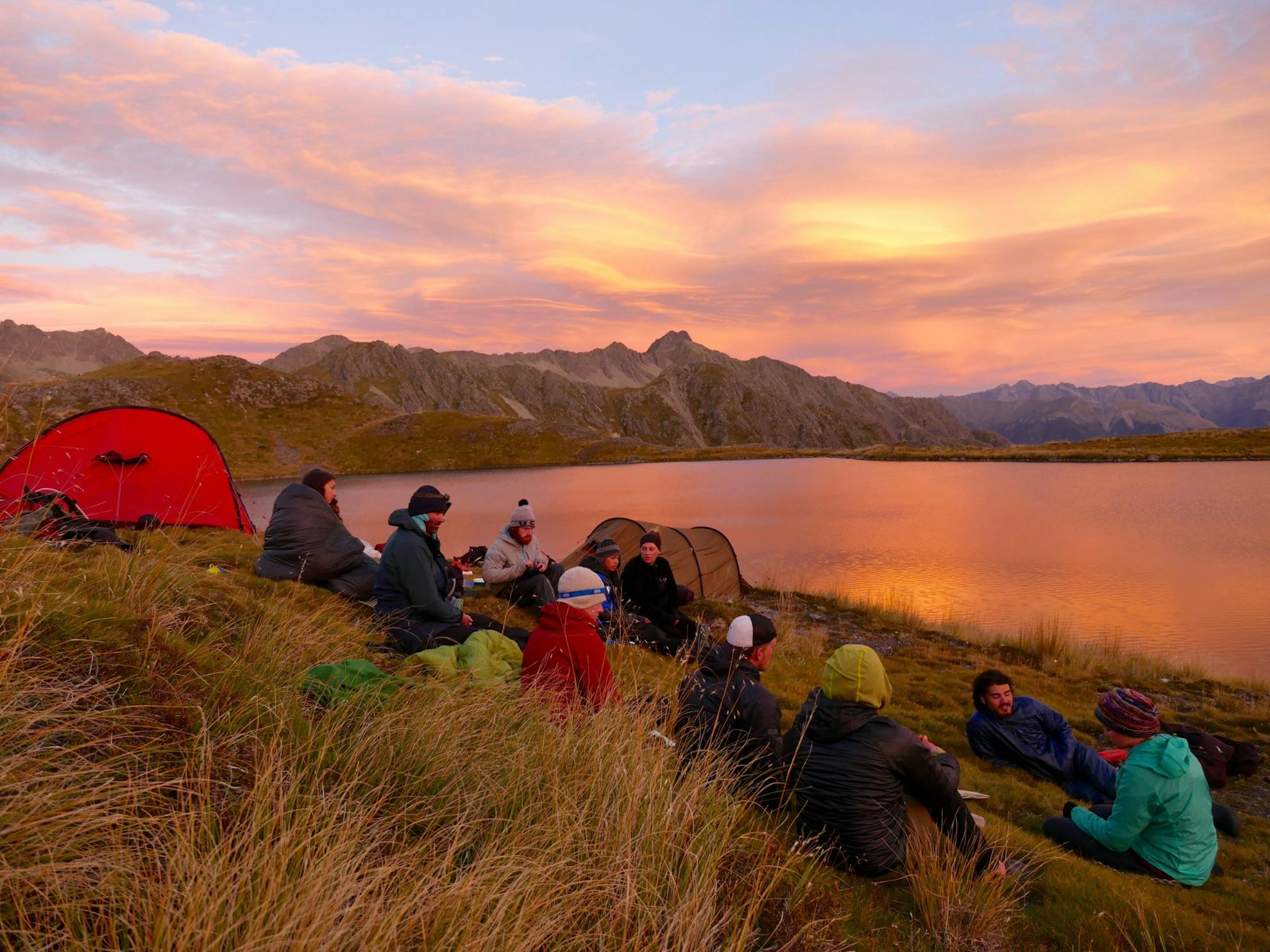
This was in the 1990s, before some of the later track and camping developments in the area. “It felt wild and untamed and adventurous,” he says. “We were reliant on ourselves, and what we had on our backs. We got totally engrossed in daily life – in eating, tramping, sleeping, keeping warm, staying well. The simplicity was comforting and calming.
“You get direct feedback from the environment and your actions,” he adds. “If I am lazy with navigation, I don’t end up where I want and have to live with the consequences. And there’s satisfaction in fulfilling basic needs, like braving the elements to get water from the stream to make a hot drink to stay warm and hydrated.”
He also recalls feeling “unexpectedly let down and a little deflated” at the end of the trip.
Martin’s love of long wilderness journeys led to a job as an instructor for NOLS, a leadership school that focuses on expedition-length wilderness trips. Its headquarters and many of its bases are in the USA, but it also has an office in New Zealand where it has been operating for almost 20 years.
“Some of my most memorable long trips have been working as a NOLS instructor, taking novices on remote wilderness journeys,” he says. “The wilderness format allows for such a deep immersion in the environment, enabling the teaching and solidification of technical skills, and the development of decision-making.”
Martin says there’s another benefit of long journeys. “Expeditioning with others creates amazing bonds and friendships, probably due to working together in such close proximity for such a long time, in what are sometimes challenging situations which are rare in the front country.”
Long journeys aren’t something everyone can do. Time, skills and experience are required. But once you’ve spent five days on a trail, or have done an established thru-hike like Te Araroa Trail, your perspective on what you feel you can achieve often changes. If you loved the experience of a long human-powered journey, you may well crave more and begin to look at maps differently, considering venturing off trail rather than sticking to a predetermined route.
You may develop an appetite for a new level of freedom.





